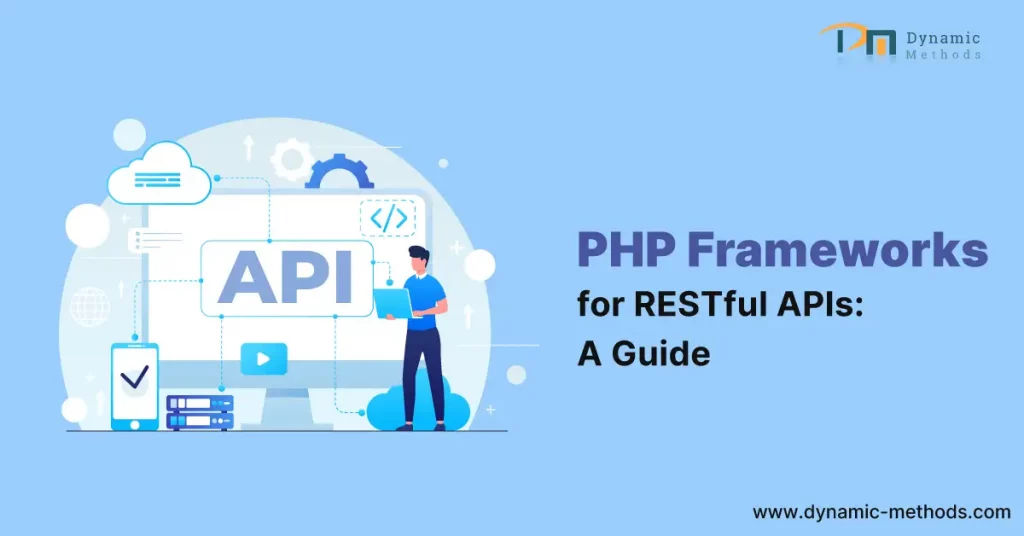Unveiling the Proven Strategies for Robust React Native Development

React Native, a formidable framework that has been the buzzword in the mobile app development realm has gained remarkable traction over the past few years. It employs JavaScript to create mobile applications that deliver native-like experiences on both iOS and Android platforms. It has thus emerged as the go-to choose for many developers.
However, to truly harness the power of React Native, one must adhere to the best practices during the development process.
This comprehensive guide sheds light on the tried-and-true practices for successful React native app development, offering invaluable insights and recommendations to help you craft high-quality, high-performing, and easily maintainable mobile applications.
An Introduction to React Native
React Native is an ingenious, open-source framework developed by Facebook. It empowers developers to build mobile applications using JavaScript and React, a prominent JavaScript library known for creating engaging user interfaces.
A leap forward from traditional hybrid app frameworks, React Native compiles JavaScript code to native components, providing a user experience that rivals native applications.
React Native is replete with a plethora of reusable UI components that map directly to native UI components. This ability to write once and deploy across multiple platforms significantly slashes the development time and effort.
One of the key advantages is the hot-reloading feature, which provides instant feedback on changes made during development, thus significantly accelerating the iteration cycle.
A Closer Look at the Best Practices for Robust React Native Development
1. Crafting a Robust Project Structure
An orderly project structure lays the foundation for code scalability and readability. When embarking on a new React Native project, it’s critical to establish a robust project structure from the get-go. Here’s an example of a typical project structure:
- "components" directory: houses reusable UI components.
- "screens" directory: contains the main application screens.
- "navigation" directory: oversees the navigation logic.
- "services" directory: manages API integrations.
- "utils" directory: accommodates utility functions and helper classes.
This structure is flexible and can be tweaked according to your project’s unique requirements.
2. Embracing Functional Components and Hooks
React Native promotes the use of functional components and hooks as a standard approach to building components. Compared to class components, functional components are simpler, more concise, and easier to read.
Hooks such as useState and useEffect offer an effective method to manage state and lifecycle events in functional components.
Employing functional components and hooks not only helps streamline your code but also enhances maintainability. Moreover, hooks pave the way for performance optimization by negating unnecessary re-renders.
3. Performance Optimization with Memoization and Virtualized Lists
4. Managing Varying Screen Sizes and Orientations
With the multitude of mobile devices featuring different screen sizes and orientations, it’s paramount to ensure that your React Native application performs optimally across all devices.
React Native offers the Dimensions API, which lets you fetch the screen dimensions and adapt your layout accordingly. Using flexible layout options like Flexbox can aid in crafting responsive designs that adjust seamlessly to varying screen sizes.
5. Comprehensive Testing and Debugging
Rigorous testing and debugging are crucial for delivering a reliable, high-performing application. React Native provides a range of tools and libraries for this purpose.
For unit testing, Jest serves as a potent tool. As the default testing framework for React Native projects, Jest offers a simple, intuitive API for writing tests, along with built-in features like mocking and snapshot testing.
Debugging your React Native application can be efficiently done using built-in debugging tools or third-party tools like React Native Debugger. These tools empower you to inspect the application’s state, trace bugs, and optimize performance.
In Conclusion
React Native serves as a robust and efficient platform for crafting cross-platform mobile applications. By adhering to the best practices delineated in this guide, you can ensure that your React Native projects are robustly structured, performant, and easy to maintain.
Remember to create a robust project structure, adopt functional components and hooks, optimize performance, cater to different screen sizes, and carry out rigorous testing and debugging. Equipped with these best practices, you’re all set to delve into the fascinating world of React Native development.
Are you excited about your future mobile application development React Native project? We’re here to help you navigate the journey! Contact us today or submit your project inquiry, and let’s start turning your ideas into a brilliant mobile application.
Frequently Asked Questions (FAQs)
1. What makes React Native a preferred choice for app development?
React Native offers the advantages of code reusability, an accelerated development cycle, and the ability to deliver native-like performance on both iOS and Android platforms.
2. Can I incorporate existing JavaScript libraries with React Native?
Absolutely, React Native facilitates the use of existing JavaScript libraries and even allows the integration of native code when required.
3. Are there limitations to using React Native?
While React Native boasts excellent cross-platform capabilities, some complex features or platform-specific APIs may necessitate additional workarounds or native code integrations.
4. How does React Native manage device permissions?
React Native features a Permissions API, which lets you request and manage device permissions. This API can be used to handle permissions for functions like camera access or location services.
5. Can I upgrade my existing native application to React Native?
Yes, it’s feasible to gradually migrate parts of your existing native application to React Native. React Native provides bridge components that enable you to incorporate React Native components into your native codebase.
6. Is React Native suitable for building complex applications?
Absolutely! React Native has been successfully used to construct complex applications with demanding UI requirements and high-performance needs. However, following best practices and optimizing performance is vital for ensuring a seamless user experience.
Unveiling the Proven Strategies for Robust React Native Development Read More »




















